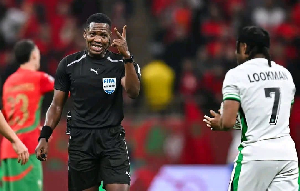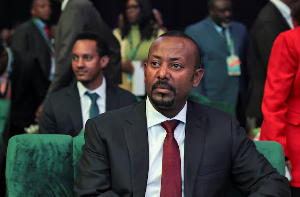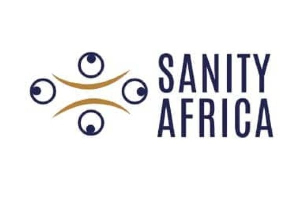By Duke Tagoe and Nana Yaw
The Eastern part of Accra, including areas such as Teshie, Nungua, Ashaiman, and Tema, may soon be faced with a severe water-supply crisis because the Kpong Water Works is on the brink of a complete shut-down.
This is because, in spite of claims in recent past by the Management of the Ghana Water Company Limited (GWCL) that rehabilitation and expansion works were being undertaken to restore and improve the capacity of the Kpong to provide water to Accra and its environs, no work has been on-going in the establishment.
Other areas to be affected include communities in the Accra Plains, Agomeda-Dodowa, the coastal east of Tema, Kpong-Akuse and the Akwapim Ridge in the Eastern Region.
Evidence available to The Insight reveals an appallingly unbelievable level of neglect of the Water Works which now threatens to plunge Eastern Accra and parts of the Eastern Region into crisis.
The extent of the looming crisis can be found in various units of the water-works including the intake section, the treatment plants and the segmentation tanks (also known as “clarifiers”), as well as appalling absence of health and safety precautions for the workers.
The intake plant, which draws water from the Volta Lake for treatment, does not function properly. This is because the scranners, which filter debris and impurities from the raw lake water, have broken down.
As a result, raw water with all the debris is taken directly to the pumps. Out of the four pumps available (J101A, J101B, J101C and J101S), three of them should be working at all times while one is supposed to be on stand-by.
For some time now, pump J101B has completely broken down for more than one year. This means that the remaining three pumps work 24 hours a day without any respite.
In view of this, there is no back-up for continuous supply in the event of a breakdown of any one of the remaining three pumps. The implication is that the company has to shut a pump in the event of a need for routine maintenance; thus causing massive water shortage to the large communities.
Replacement pumps purchased by the Management of the GWCL do not meet the required specifications and therefore do not have the capacity to pump water in the required quantities to the two treatment plants at the old works and another one at the new works. There are two treatment plants at the old site and one at the new site, which filter any impurities that might have been remaining after the initial filtering by the non-working scranners.
One of the two treatment plants at the old site, called Pintsch Bamac, has been shut down completely.
The Pintsch Bamac plant was installed 46 years ago (1963) during the Kwame Nkrumah regime but has since neither been maintained properly nor replaced.
Because of this situation, the treatment works at the old site are only able to produce 6 million gallons a day instead of its expected capacity of 9 million gallons. At the new site where the other plant is capable of processing 40 million gallons of water at full capacity, there is not enough water getting into the plant because the intake machines are unable to pump enough water to them.
At the old site, where there are two “air blower” supposed to be used periodically to clean the water filters, one of them has broken for several years leaving the situation without backup.
Out of five Segmentation Tanks which should store treated water and where further purification takes place, one of them has been shut down. Again there is another machine, known as the “scrapper” which is supposed to clean debris from the storage tanks.
Because none of them is working, the storage tanks are seriously filled with debris. As a result, the filter workers have to physically dive into the water to undertake manual cleaning; a process which breaks all the rules of health and safety.
Three of the “high-lift” pumps that pump water to Tema, Accra East and parts of Eastern Region have broken down, reducing the capacity to provide adequate water to those areas.
The misery at the Kpong Water Works becomes stark when we witnessed wobbly and falling valves propped up with sticks and stones. It is also pathetic to realise that instead of using the electronic devices to measure the amount of chlorine that is mixed into the water to purify it, chlorine is manually poured into system and later tested like the palm wine tapper’s tasting method. This is because the required electronic devices meant for the mixing of chlorine have broken down. We were astonished to see live high voltage cables submerged in chlorine on the premises. We were made to understand that the least mistake could lead to massive electrocution of workers.
Moreover, there is no fire service in the vicinity to attend to a plant station with so many fire hazards.
Ghanaians may recall that in 2006, the then Managing Director of the Ghana Water Company Limited (GWCL), Mr Samuel Gerald Odartei Lamptey, announced that a Chinese company had been selected to build a new $120 million plant at Kpong to augment water supply to the eastern parts of Accra by another 40 million gallons per day.
Again in 2007, Alhaji Abubakar Saddique Boniface, then the Minister of Water Resources, Works and Housing signed on behalf of the NPP Government, a 41 million-euro contract to supply nine million gallons of water a day at Kpong.
In view of the state of dilapidation of Kpong in 2009, the workers of Ghana Water Company Limited (GWCL) have been asking where all those monies went.
General News of Wednesday, 3 June 2009
Source: The Insight












